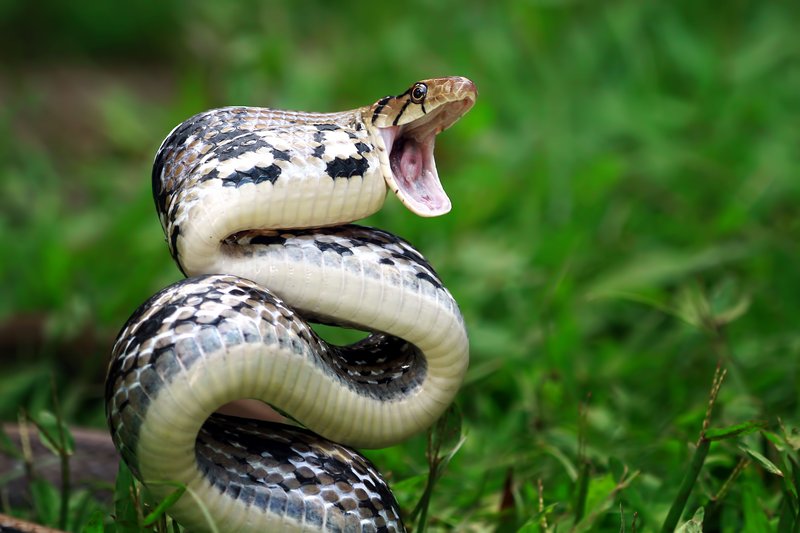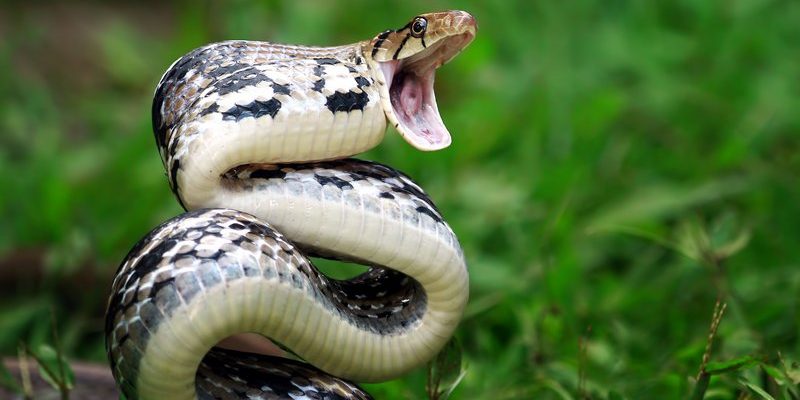
Understanding whether snakes can pose a threat is essential to dispelling fears and respecting these creatures. Think of it this way: they’re like fire. Fire can keep you warm and cook your food, but it can also burn you if you’re not careful. So, when it comes to snakes, knowing when they’re dangerous can help you appreciate them without fear.
In this article, we’ll explore snake behavior, types that can be dangerous, and how to mitigate risks associated with snake encounters. We’ll also touch on some surprising facts that might just change how you view these intriguing reptiles.
Understanding Snake Behavior
To grasp the idea of snake danger, it’s crucial to understand how snakes behave. Snakes are generally shy creatures and prefer to avoid humans. When encountered, their first instinct is to flee rather than fight. Most snakes would rather hide in a bush or burrow into the ground than confront a human.
Now, let’s talk about those moments when a snake might feel threatened. When they sense danger, usually through vibrations or heat, they may resort to defensive behavior. This can include coiling up, hissing, or, in some cases, striking. But here’s the thing—most of the time, they’re just trying to scare you off. They don’t want to waste energy attacking unless absolutely necessary.
So, if you come across a snake in the wild, it’s best to keep your distance. Think of it like encountering a grumpy cat. If you leave it alone, it might just do the same for you.
Types of Venomous Snakes
Not all snakes are created equal, especially when it comes to venom. Around the world, there are four main types of venomous snakes that are considered dangerous to humans: pit vipers, cobras, kraits, and sea snakes.
– Pit Vipers: Found in the Americas, these snakes have heat-sensitive pits that help them hunt. The rattlesnake is a well-known example. Their venom can be lethal, but fatalities are rare due to effective antivenoms available in modern medicine.
– Cobras: Famous for their iconic hoods, cobras deliver potent venom that can cause respiratory failure. While they’re known for their intimidating display, they usually only strike when they feel cornered.
– Kraits: These snakes are mostly nocturnal and can be found in Asia. Krait bites can cause paralysis, making them particularly dangerous during sleep.
– Sea Snakes: Although they live in the ocean, their bites can be fatal. Sea snakes can be quite docile, but they do possess extremely potent venom.
If you look closely, it’s clear that even within the dangerous category, not all snakes are equally threatening. The potential for danger often hinges on the species and the circumstances surrounding the encounter.
How to Recognize a Dangerous Snake
Recognizing a dangerous snake species can be a lifesaver. While there are countless snake species, here are some characteristics to help identify the more hazardous ones:
- Color Patterns: Many venomous snakes have distinct colors. For example, coral snakes sport vibrant bands of red, yellow, and black. If you see these colors together, it’s best to keep your distance.
- Pits and Hoods: As mentioned earlier, pit vipers have heat-sensing pits between their eyes and nostrils. Cobras have that signature hood that they expand when threatened.
- Body Shape: Venomous snakes often have thicker bodies compared to non-venomous ones. If you are unsure, a thicker body can indicate a potentially dangerous snake.
When you’re outdoors, it’s good to be aware. If you don’t recognize the snake, it’s better to play it safe and back away.
How Dangerous Are Snake Bites?
Now that we understand which snakes pose a risk, let’s talk about snake bites and their dangers. Honestly, not all snake bites are as catastrophic as you might think. A study from the American Journal of Tropical Medicine and Hygiene found that about 50% of snake bites are “dry bites,” meaning no venom is injected.
However, when venom is involved, the consequences can range from mild to severe. Symptoms of a venomous snake bite can include:
– Swelling and pain around the bite area
– Nausea and vomiting
– Difficulty breathing (in cases of severe reaction)
In extreme cases, bites can lead to organ failure and death. Here’s where it can get tricky: many factors affect the severity, including the snake species, size, and health of the person bitten. Immediate medical attention is crucial. If you or someone you’re with gets bitten by a snake, seek help right away.
How to Avoid Snake Encounters
Avoiding snakes isn’t as difficult as it might seem. Here are some practical tips to help you steer clear of any unwanted encounters:
- Stay on Trails: When hiking or walking in nature, stick to well-trodden paths where you’re less likely to disturb snakes.
- Wear Proper Gear: High boots and long pants can provide added protection, especially in areas known for snakes.
- Be Cautious at Dawn and Dusk: Many snakes are more active during these times, so it’s wise to be extra vigilant.
Taking these small steps can make a big difference. Think of it like wearing a seatbelt; it’s simple but effective in keeping you safe.
What to Do If You Encounter a Snake
If you do come across a snake, stay calm. Panic can lead to rash decisions. Here’s a quick rundown of what to do:
1. Keep Your Distance: Most snakes won’t chase you. Back away slowly and give it space.
2. Don’t Attempt to Handle It: This is especially true if you’re unsure about the type. Handling a snake can lead to bites—even if your intentions are good.
3. Call for Help if Necessary: If the snake is in a dangerous spot (like near a playground), don’t hesitate to call wildlife authorities for assistance.
Being prepared and knowing your reaction can make all the difference in a potentially scary situation.
So, can the snake be dangerous to humans? The answer is nuanced. Yes, some snakes can pose genuine risks, while many are harmless and play essential roles in their ecosystems. By understanding their behavior, recognizing potential dangers, and taking necessary precautions, we can coexist respectfully with these fascinating creatures.
Next time you spot a snake, take a moment to appreciate its beauty from a safe distance. After all, they’re more afraid of us than we are of them. By learning and respecting their world, we can enjoy nature without unnecessary fear.

